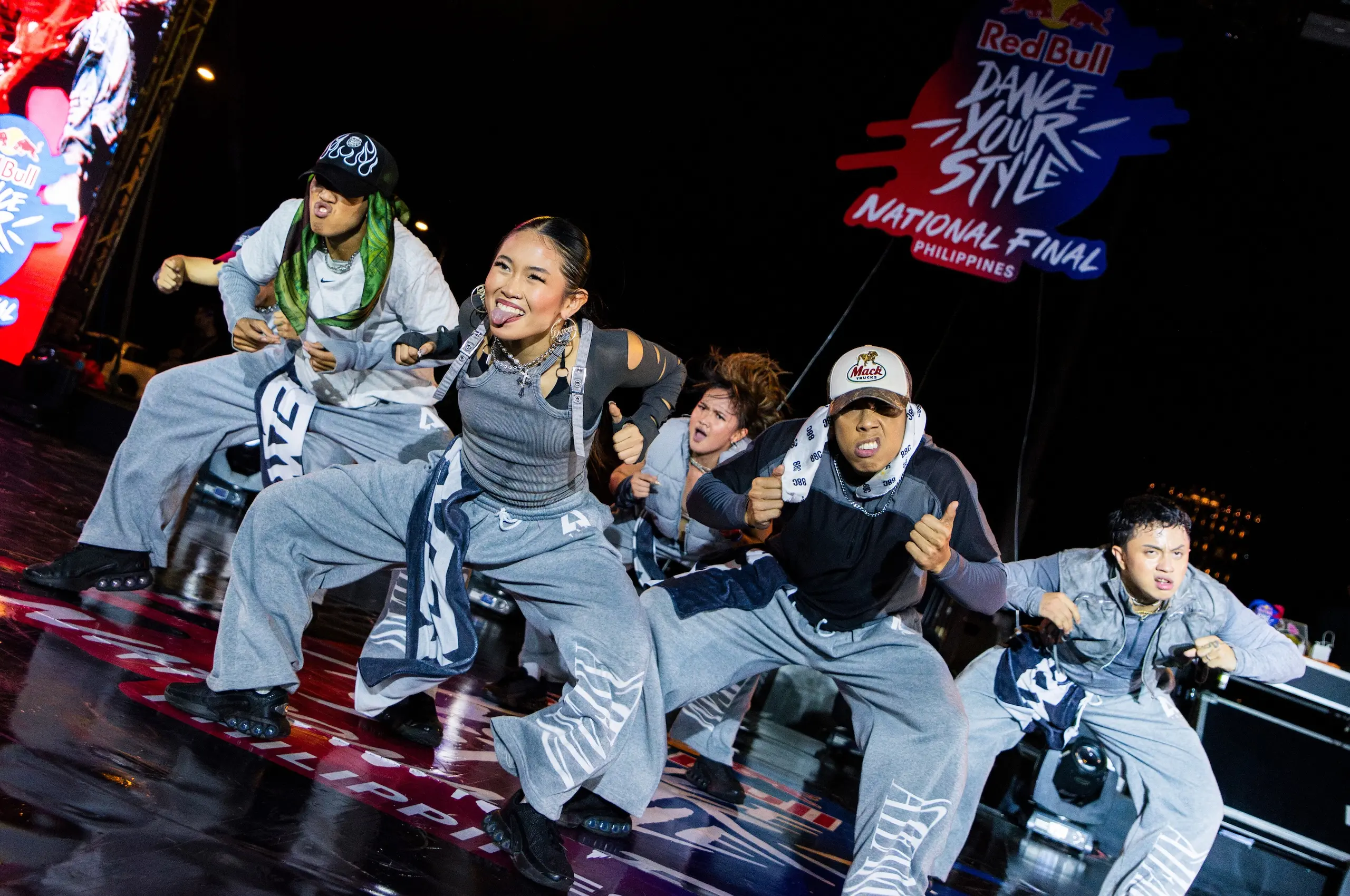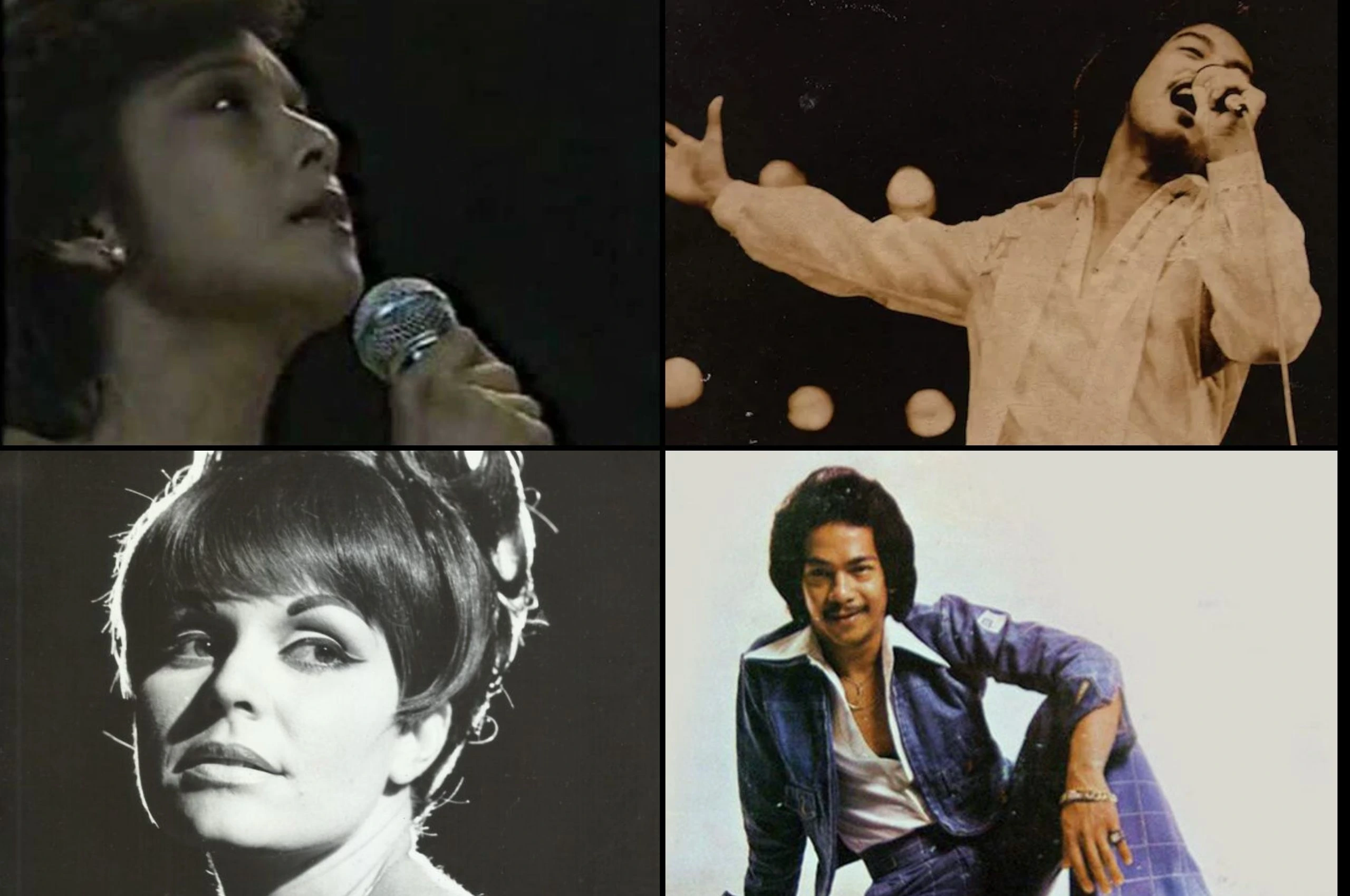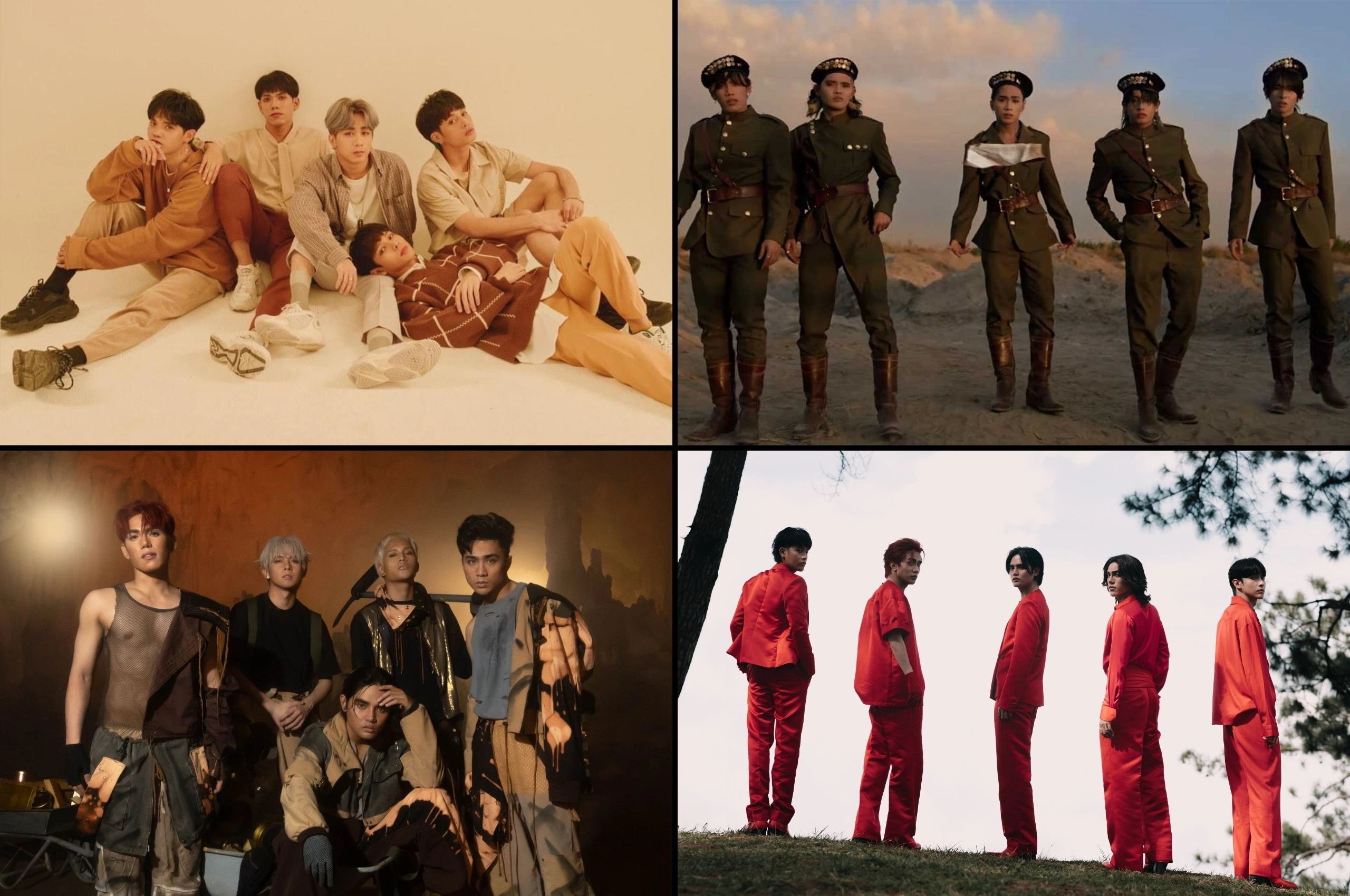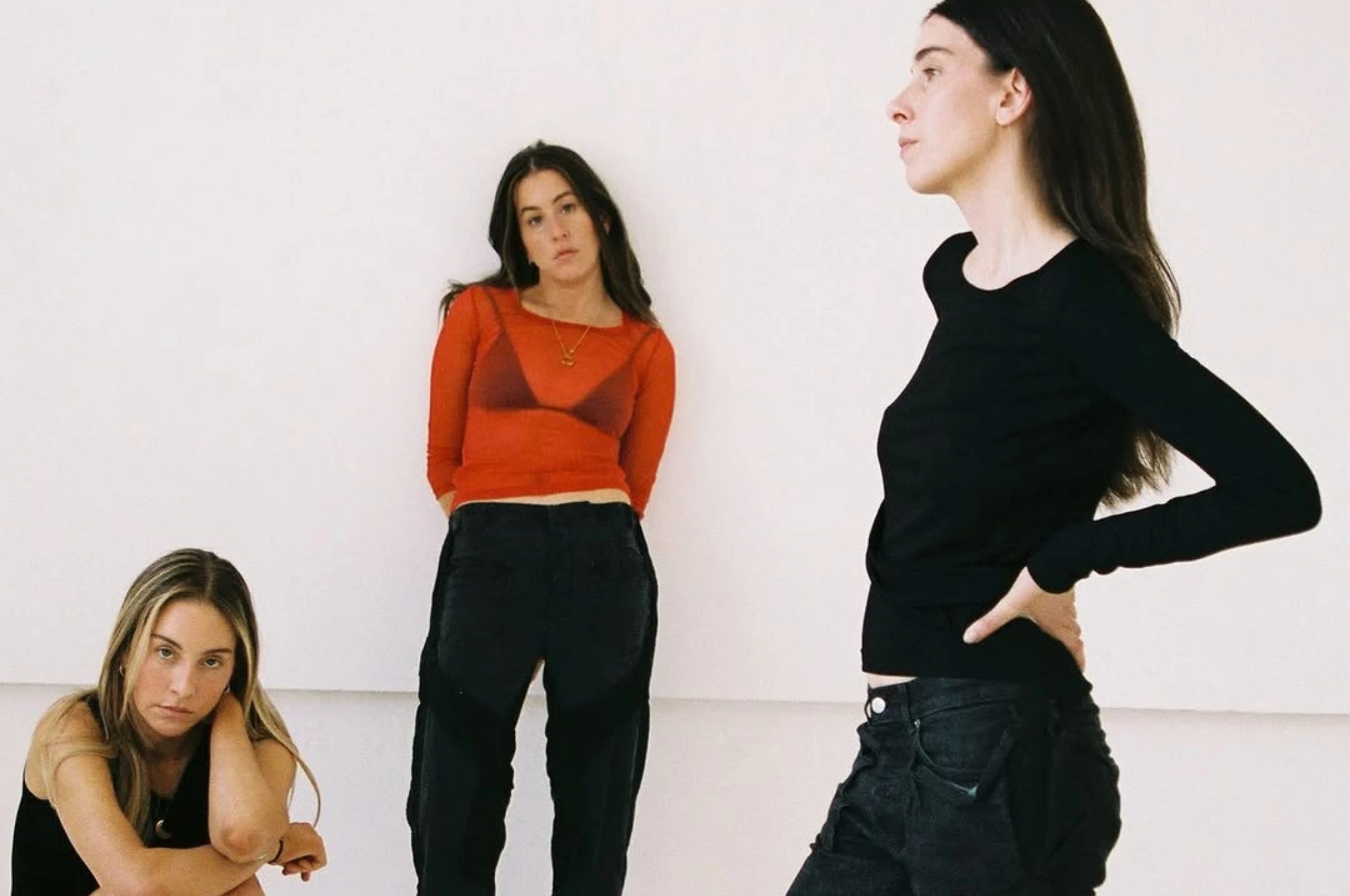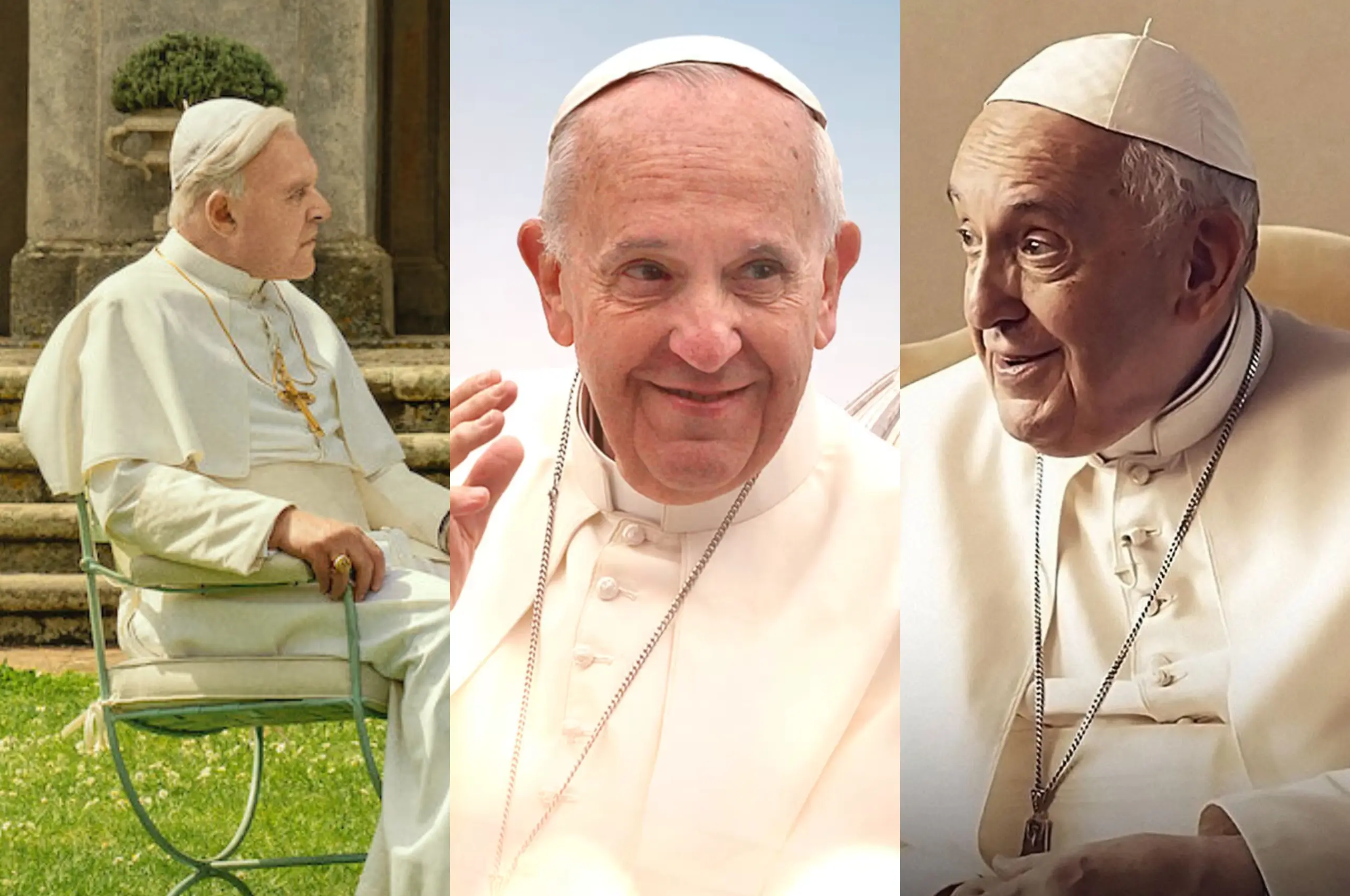The world of Philippine street dance is a deep, deep rabbit hole, filled with more styles that most can count and die-hard crews who treat every move as a matter of pride.
Philippine dancers have taken styles from around the world and made them their own: There’s locking, all snap-and-freeze funk with cartoon-speed precision (there are literally moves called the Scooby Doo or the Tom and Jerry). There’s hip-hop, with its Dougies, moonwalks, and Cabbage Patches. There’s waacking, where divas slice the air with bold poses and runway drama. Then there’s vogue, krump, house, ballroom, breaking, popping — and that’s just scratching the surface.
“Though [street dance] is relatively young compared to our neighboring countries, many Filipino dancers have achieved international acclaim for [representing] our country’s own brand of street dance,” says dancer Christian “Afrodite” Lao to Rolling Stone Philippines. Known as the Father of the Imperial House of Waacking – Philippine Chapter, Lao has committed himself to waacking as both an artist and a mentor, helping to shape the local scene.
Lao is also quick to highlight that there’s still a need for stronger, wide-scale support to help the scene flourish, despite the popularity of street dance styles across the country. “While there have been some dance projects supported by different local government units all over the Philippines,” says Lao, “our country is still lacking a certain national-scale support for street dance. Even when joining big dance competitions in other countries, most participating teams rely on support from family, friends, and fundraising events.”
While certain government agencies, such as the National Committee on Dance, collaborate with local government units to organize dance festivals and competitions, some may argue that these efforts are not enough to support the national scene. “I would probably say that only 10 or 20 percent of national dance events see support from the government, and that’s already overestimating,” choreographer Reflex Gotangco tells Rolling Stone Philippines. “It’s quite hard to get a substantial amount of support from the government or even cultural art organizations. It’s not all the time that we get subsidies or grants.”
“The fact is that street dancing, especially when competing on an international level, can be expensive,” adds Gotangco. “We may have [third-party competitions] like World of Dance or Body Rock Asia, but the most that these outside organizations can do is organize the event. Organizing bodies, especially local ones, can’t afford to fly every single team out.”
PH Street Dance Goes Global
One unexpected entity that has significantly supported street dancers worldwide is Red Bull. Through its international 1:1 street dance competition, Red Bull Dance Your Style, the brand has given dancers a platform to showcase their talents and represent their countries’ unique street dance scenes. “Red Bull has been doing it big and making street dance, especially solo battles, more popular here in the Philippines,” says Gotangco.
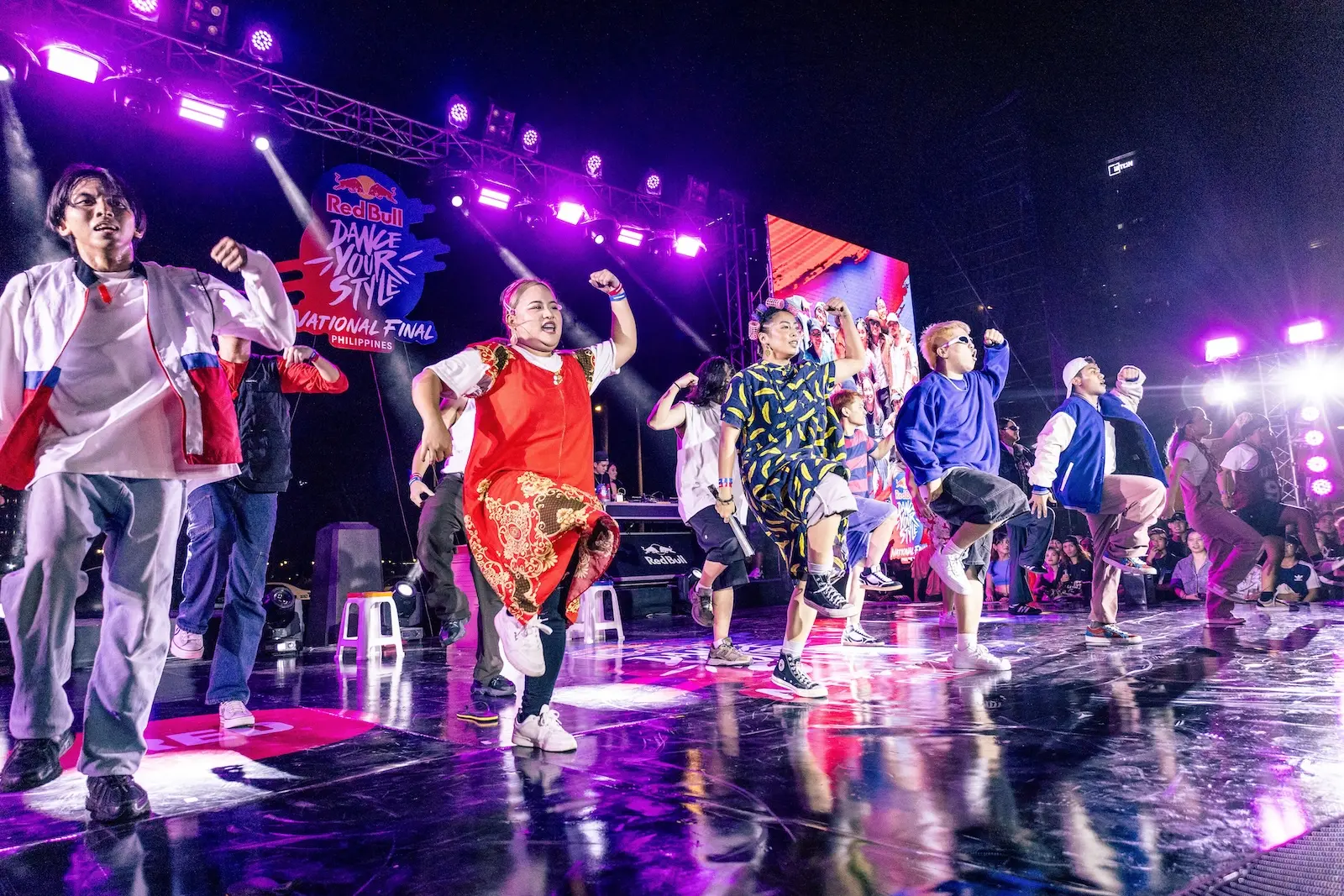
Nationwide qualifiers for the competition have already begun, starting in Davao on March 22. The Manila qualifiers are set to take place on April 25 and again in Cebu on May 17. Finalists from each city will converge in Cebu on May 24 for the National Finals. Unlike traditional formats, Red Bull Dance Your Style strips away choreography, pushing dancers to adapt in real time to unpredictable music selections, with the crowd deciding who moves on.
“It’s always a great opportunity for local competitive dancers (most especially those who are not financially capable to go outside of the country) to be assessed by international judges and give them insight on how to make it to bigger stages,” says Lao on international competitions coming to the Philippines.
“At the end of the day,” adds Lao, “it’s about showing the bigger international dance scene just how beautiful Philippine street dance is.”
